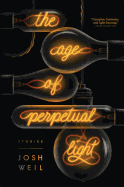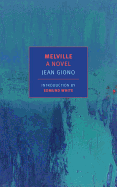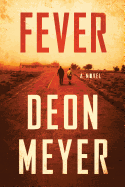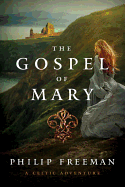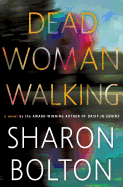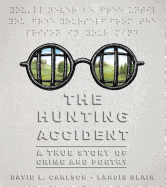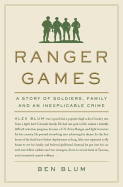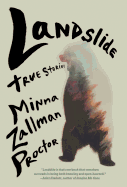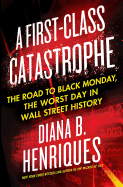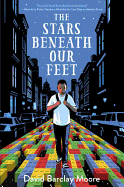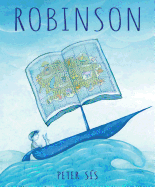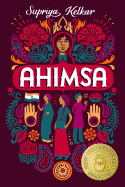 |
| Meredith Wild |
It started four years ago as a self-publishing venture, a way for an aspiring romance author to publish her books and find an audience. Although the books did well, Meredith Wild found it difficult to get the placement and promotional opportunities traditionally published authors received. So, in 2014, she added a name--Waterhouse Press--thinking that would make it easier to gain access to e-tailers, retailers and the press. Having a name helped, but what mattered more was what Wild calls her "sheer tenacity of knocking on doors until people would listen" that got the company noticed.
In the meantime, Wild built Waterhouse Press into a true publishing house, and it's blossomed so much that now it has eight staff members besides Wild, handling everything from acquisitions and editorial to production, marketing and publicity. Waterhouse continues to publish books by Wild but has expanded and now has a stable of a dozen writers who it's publishing in some unusual ways, with a focus on creating brands and expanding their markets.
The most striking new venture of Waterhouse Press is the Misadventures series, whose first title, Misadventures of a City Girl by Meredith Wild and Chelle Bliss, appeared last month and whose second title, Misadventures of a Good Wife by Meredith Wild and Helen Hardt, appears today. (More on the first six Misadventures titles below.)
The books are "short, sexy reads," Wild says, stand-alone titles that "hopefully readers would enjoy reading as much as we enjoyed writing." She's also described them as "Golden Books for adults" and says that "fun" is a key element, making the books "the perfect bedside read, a 'quick blush' for the reader who loves a page-turning romance."
They're the first titles Waterhouse Press is publishing in hardcover; other titles have been published in trade paperback, and overall sales have been overwhelmingly digital. (The company's print distributor is Ingram Publisher Services.)
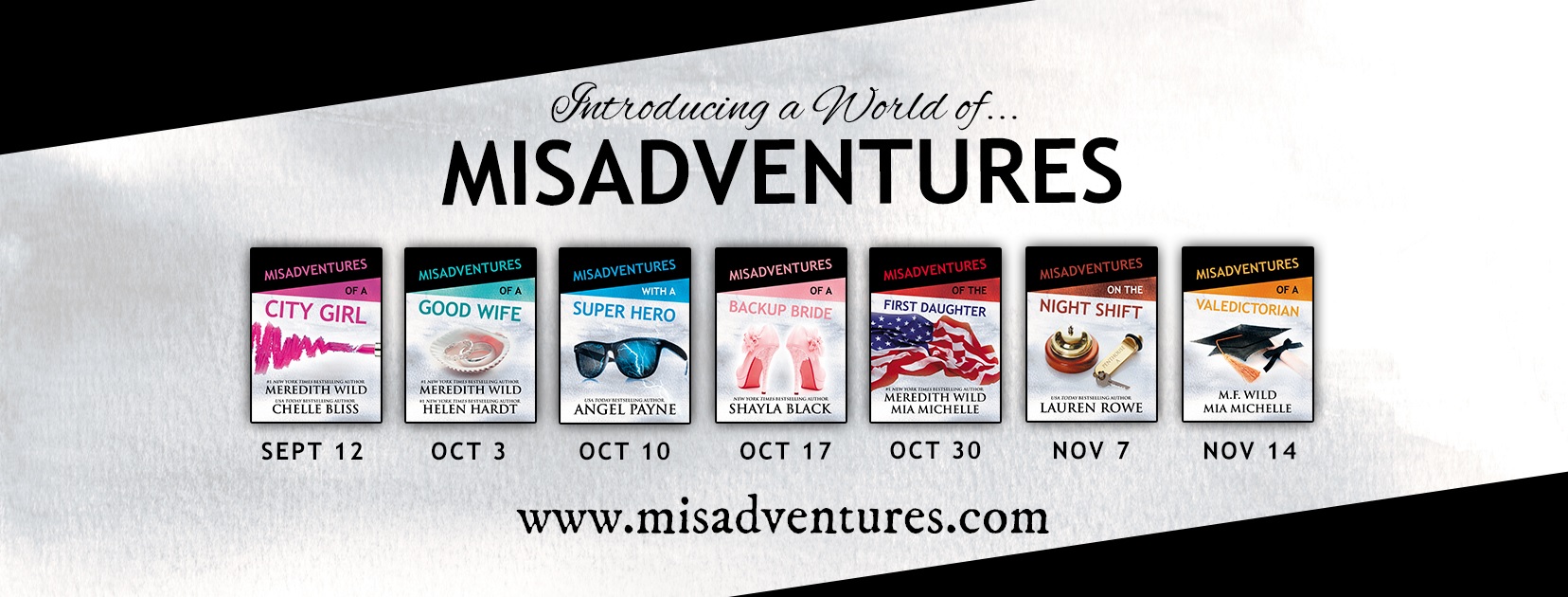 The series has its origin in what Wild calls "a casual and extra steamy writing project" she began with author friend Mia Michelle. (The pair's Misadventures of the First Daughter appears October 30.) "We had no formal plans to publish the story, but we had so much fun writing it that it gave me the idea that other authors might want to join in," she says.
The series has its origin in what Wild calls "a casual and extra steamy writing project" she began with author friend Mia Michelle. (The pair's Misadventures of the First Daughter appears October 30.) "We had no formal plans to publish the story, but we had so much fun writing it that it gave me the idea that other authors might want to join in," she says.
Wild has chosen each of the authors who are writing for Misadventures, based on works by them that she's read and loved.
Continuing the approach she took with Mia Michelle, Wild has written several of the Misadventures books with other authors. The process is "incredibly fun," she says. "Writing with a friend takes some of the pressure of plotting away, because there's always an element of surprise when I get a chapter back and have to figure out where to take the store next."
The Misadventures series will continue next year, with seven more titles slotted for the spring season. They include three books by authors who have fall Misadventures titles: Lauren Rowe (College Girl), Angel Payne (Time Traveler) and Helen Hardt (Rockstar). In addition, Kendall Ryan, Toni Aleo and Elizabeth Hayley (the pen name for a pair of friends named Elizabeth and Haley) are also contributing title. Meredith Wild is also writing a new story on her own, called Misadventures of a Virgin, which will be released in January.
 Bestselling author David Wong (the pseudonym of Jason Pargin) is executive editor of the comedy site Cracked.com. A trademark blend of horror, comedy and existential pondering, Wong's What the Hell Did I Just Read: A Novel of Cosmic Horror (St. Martin's Press) is the third installment in his John Dies at the End series. Shelf Awareness recently spoke with the author about writing and what's up next.
Bestselling author David Wong (the pseudonym of Jason Pargin) is executive editor of the comedy site Cracked.com. A trademark blend of horror, comedy and existential pondering, Wong's What the Hell Did I Just Read: A Novel of Cosmic Horror (St. Martin's Press) is the third installment in his John Dies at the End series. Shelf Awareness recently spoke with the author about writing and what's up next.  Addressing the rumor that What the Hell Did I Just Read might be the last installment in the series, Wong declared, "It will not be the last! There will be at least one more. I've never written a series that has run its course before, so I suspect that event will take me by surprise long after it's too late, and that it will be a major disaster in my life."
Addressing the rumor that What the Hell Did I Just Read might be the last installment in the series, Wong declared, "It will not be the last! There will be at least one more. I've never written a series that has run its course before, so I suspect that event will take me by surprise long after it's too late, and that it will be a major disaster in my life." 



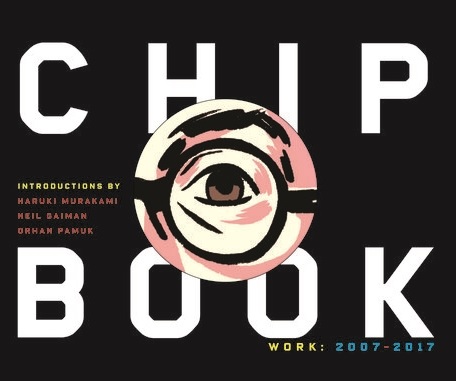 How do you deal with the rejection and disappointment that seems inescapable in your field? Your book provides many examples of fascinating concepts that just didn't work for authors or publishers.
How do you deal with the rejection and disappointment that seems inescapable in your field? Your book provides many examples of fascinating concepts that just didn't work for authors or publishers.

 The series has its origin in what Wild calls "a casual and extra steamy writing project" she began with author friend Mia Michelle. (The pair's Misadventures of the First Daughter appears October 30.) "We had no formal plans to publish the story, but we had so much fun writing it that it gave me the idea that other authors might want to join in," she says.
The series has its origin in what Wild calls "a casual and extra steamy writing project" she began with author friend Mia Michelle. (The pair's Misadventures of the First Daughter appears October 30.) "We had no formal plans to publish the story, but we had so much fun writing it that it gave me the idea that other authors might want to join in," she says.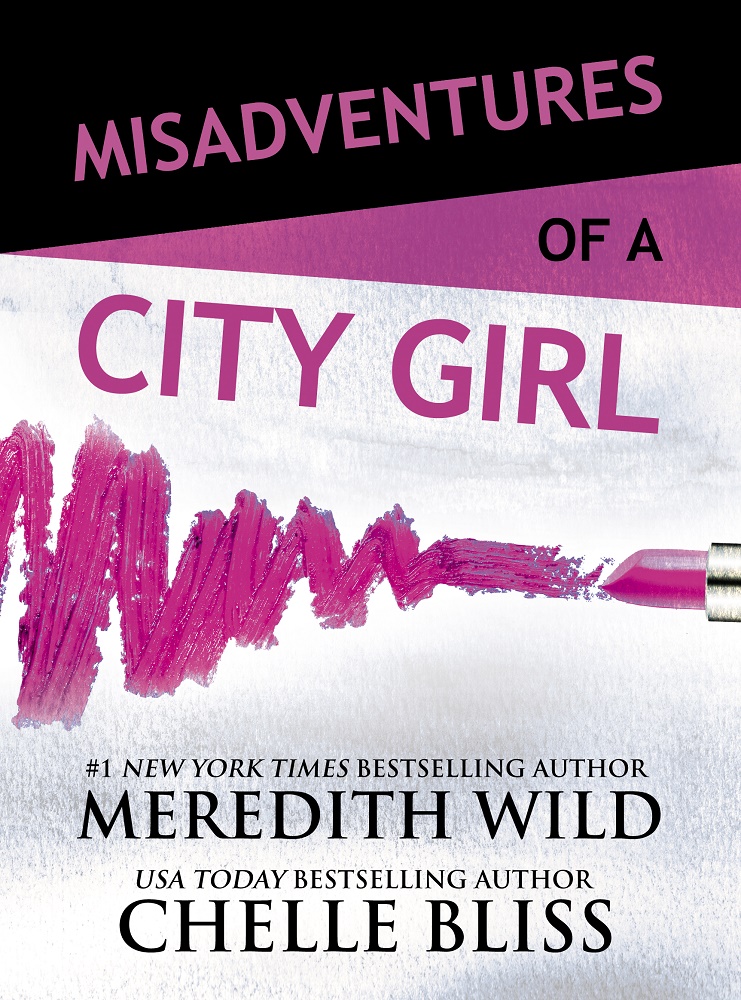 Misadventures of a City Girl by Meredith Wild and Chelle Bliss ($19.99, 9781943893409, Sept. 12, 2017). Madison Atwood needs to get away from the paparazzi hounding her after divorcing a Hollywood big shot. She discovers Avalon Springs, a rural retreat in Northern California, where mountain man Luke Dawson lives off the grid and away from people on purpose. He considers Madison a distraction, until she finds his cabin and a way into his heart. Together they face the wrath of mother nature, a test of whether or not their relationship is more than a fling. USA Today bestselling co-author Chelle Bliss has also written the Men of Inked and ALFA P.I. series.
Misadventures of a City Girl by Meredith Wild and Chelle Bliss ($19.99, 9781943893409, Sept. 12, 2017). Madison Atwood needs to get away from the paparazzi hounding her after divorcing a Hollywood big shot. She discovers Avalon Springs, a rural retreat in Northern California, where mountain man Luke Dawson lives off the grid and away from people on purpose. He considers Madison a distraction, until she finds his cabin and a way into his heart. Together they face the wrath of mother nature, a test of whether or not their relationship is more than a fling. USA Today bestselling co-author Chelle Bliss has also written the Men of Inked and ALFA P.I. series.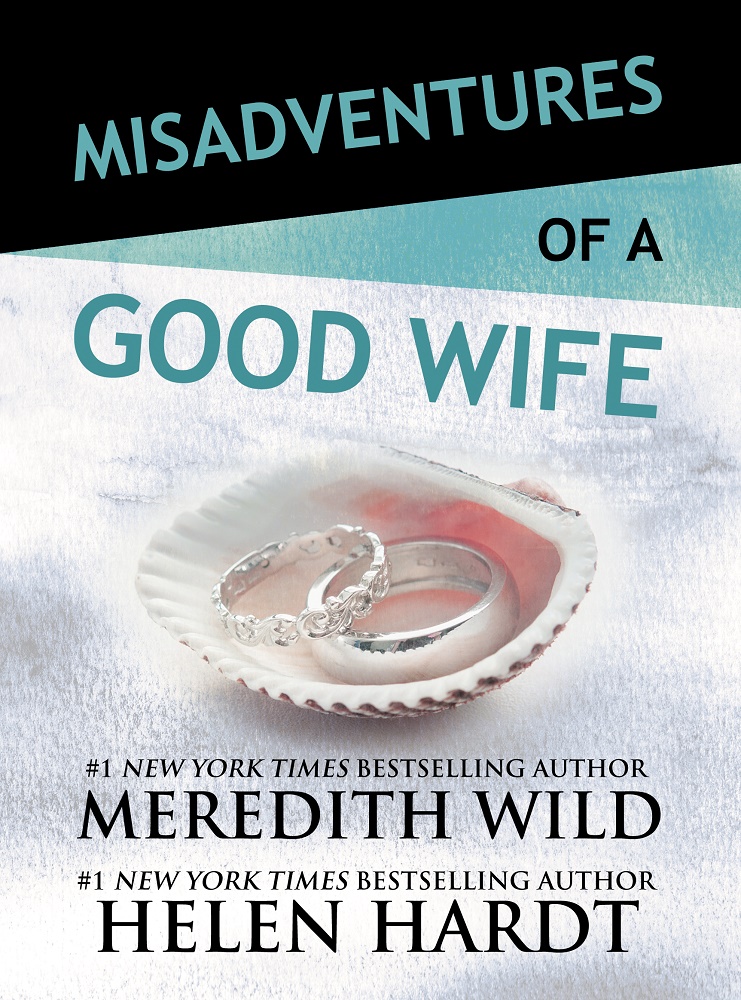 Misadventures of a Good Wife by Meredith Wild and Helen Hardt ($19.99, 9781943893461, Oct. 3, 2017). Kate and Price Lewis had a perfect marriage, one that ended in tragedy when Price died in a plane crash overseas. A year later, Kate's sister-in-law invites her to come along on a three-week girl's trip to the South Pacific. There, on the beach near a secluded island villa, Kate spots her supposedly dead husband. Loyal, heartbroken Kate deserves answers, but all she gets from Price is a cryptic response: go home at the end of her vacation or disappear with him forever. Kate must decide if her former marital happiness is worth forgiving Price his terrible secrets. Helen Hardt is the New York Times bestselling author of the Steel Brothers Saga and the Temptation Saga.
Misadventures of a Good Wife by Meredith Wild and Helen Hardt ($19.99, 9781943893461, Oct. 3, 2017). Kate and Price Lewis had a perfect marriage, one that ended in tragedy when Price died in a plane crash overseas. A year later, Kate's sister-in-law invites her to come along on a three-week girl's trip to the South Pacific. There, on the beach near a secluded island villa, Kate spots her supposedly dead husband. Loyal, heartbroken Kate deserves answers, but all she gets from Price is a cryptic response: go home at the end of her vacation or disappear with him forever. Kate must decide if her former marital happiness is worth forgiving Price his terrible secrets. Helen Hardt is the New York Times bestselling author of the Steel Brothers Saga and the Temptation Saga.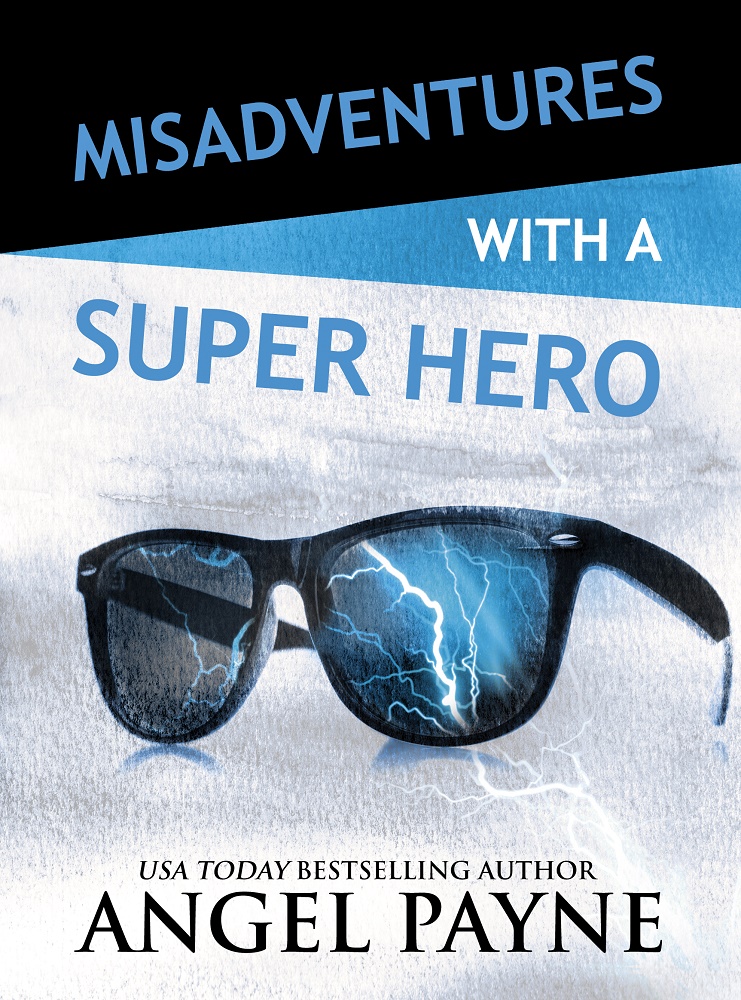 Misadventures with a Super Hero by Angel Payne ($19.99, 9781943893447, Oct. 10, 2017). A young night shift worker at a five-star Los Angeles hotel gets accosted by a worse-than-average weirdo. She is saved by Bolt, a superhero hunk who also happens to be Reece Richards, her boss. She falls for him, but Reece has commitment issues with an evil ex and is preoccupied by a global business empire--not to mention a supervillain out to destroy the city. Angel Payne is the USA Today bestselling author of the Suited for Sin series and the Cimarron Saga.
Misadventures with a Super Hero by Angel Payne ($19.99, 9781943893447, Oct. 10, 2017). A young night shift worker at a five-star Los Angeles hotel gets accosted by a worse-than-average weirdo. She is saved by Bolt, a superhero hunk who also happens to be Reece Richards, her boss. She falls for him, but Reece has commitment issues with an evil ex and is preoccupied by a global business empire--not to mention a supervillain out to destroy the city. Angel Payne is the USA Today bestselling author of the Suited for Sin series and the Cimarron Saga.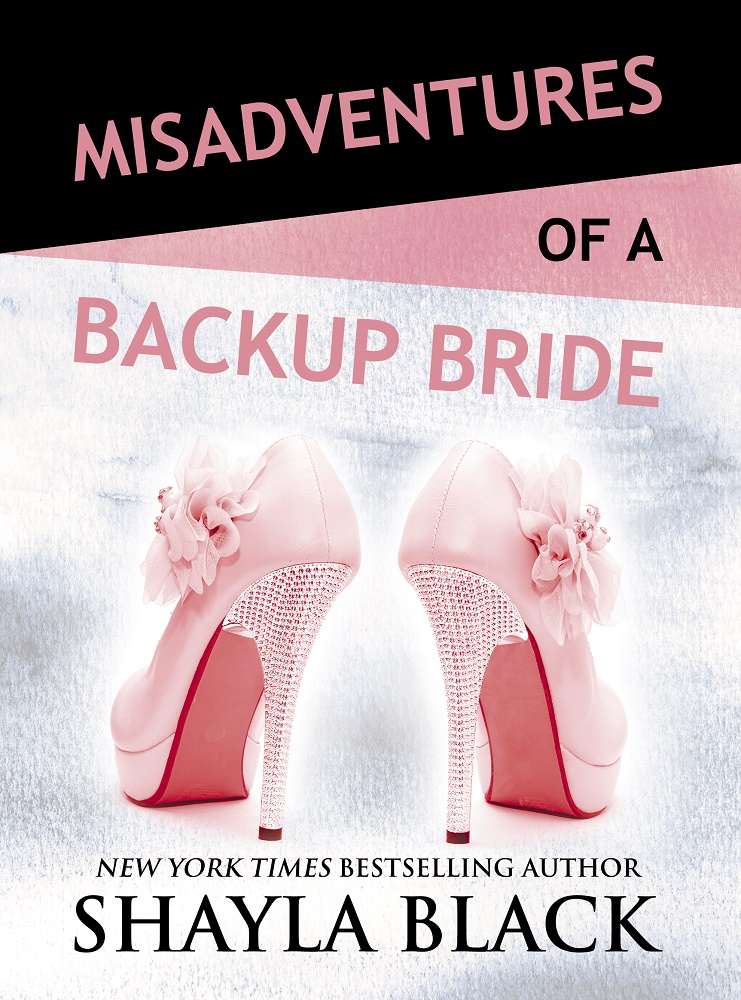 Misadventures of a Backup Bride by Shayla Black ($19.99, 9781943893423, Oct. 17, 2017). Carson Frost inherits a confectionery company that will make billions in the long run but is strapped for cash in the short term. To survive the next 60 days, he takes a loan from a business rival. There's only one catch: Frost has to marry the man's daughter. He can get out of that stipulation by marrying someone he's already in love with, a difficult proposition when Frost isn't even dating. Enter struggling actress Ella Hope, who goes along with Frost's deception only to find their fake romance getting too real. Shayla Black is the USA Today and New York Times bestselling author of the Wicked Lovers and More Than Words series.
Misadventures of a Backup Bride by Shayla Black ($19.99, 9781943893423, Oct. 17, 2017). Carson Frost inherits a confectionery company that will make billions in the long run but is strapped for cash in the short term. To survive the next 60 days, he takes a loan from a business rival. There's only one catch: Frost has to marry the man's daughter. He can get out of that stipulation by marrying someone he's already in love with, a difficult proposition when Frost isn't even dating. Enter struggling actress Ella Hope, who goes along with Frost's deception only to find their fake romance getting too real. Shayla Black is the USA Today and New York Times bestselling author of the Wicked Lovers and More Than Words series.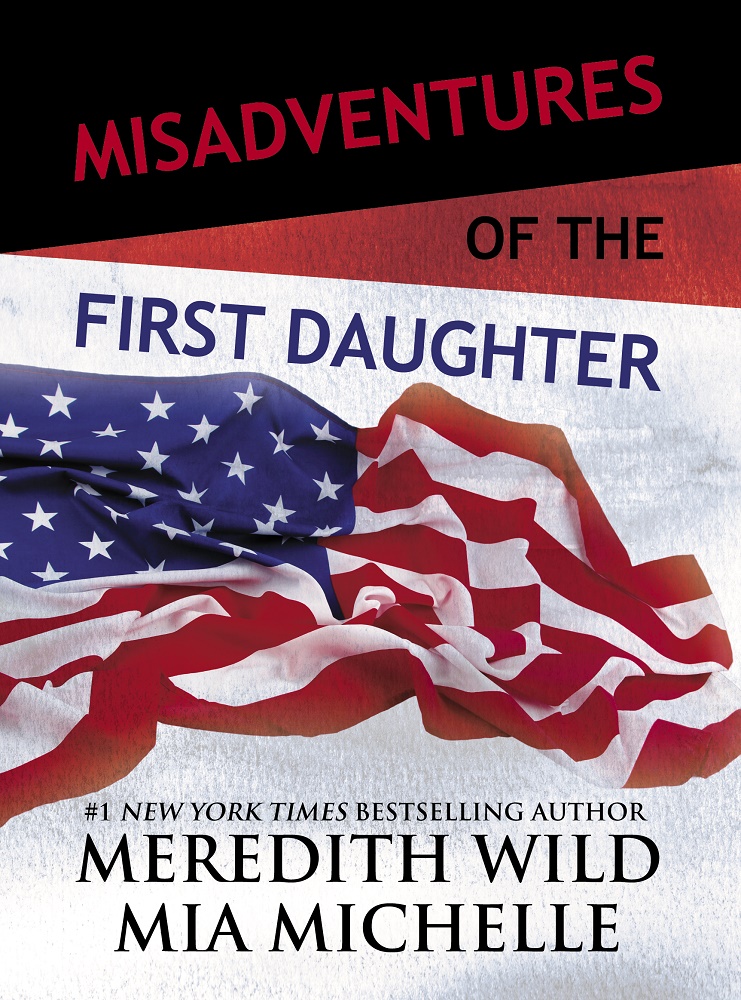 Misadventures of the First Daughter by Meredith Wild and Mia Michelle ($19.99, 9781943893454, Oct. 30, 2017). Charlotte Daley has been both spoiled and neglected her entire life. Now that her dad has been elected president, she's determined to make the most of her lack of parental supervision by going on a partying spree. The Secret Service agent assigned to protect her, Zane Parker, has to hide his feelings for Charlotte while trying to prevent her from causing a political scandal. He offers to show the First Daughter the excitement she's been looking for in exchange for her obedient behavior, but their new arrangement threatens to cause even more trouble. Mia Michelle is the author of the Rose of Thorne series.
Misadventures of the First Daughter by Meredith Wild and Mia Michelle ($19.99, 9781943893454, Oct. 30, 2017). Charlotte Daley has been both spoiled and neglected her entire life. Now that her dad has been elected president, she's determined to make the most of her lack of parental supervision by going on a partying spree. The Secret Service agent assigned to protect her, Zane Parker, has to hide his feelings for Charlotte while trying to prevent her from causing a political scandal. He offers to show the First Daughter the excitement she's been looking for in exchange for her obedient behavior, but their new arrangement threatens to cause even more trouble. Mia Michelle is the author of the Rose of Thorne series.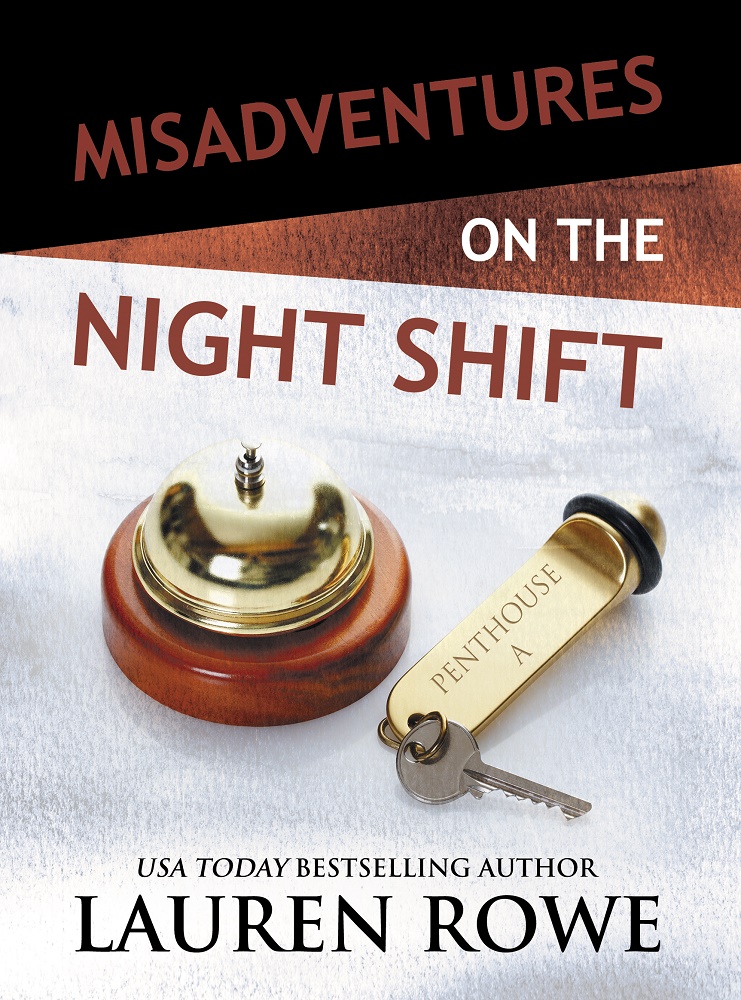 Misadventures on the Night Shift by Lauren Rowe ($19.99, 9781943893430). Abby Medford enjoys her job as a night shift hotel clerk. The quiet and solitude let her read and study law books. When rock star Lucas Ford checks in to the penthouse suite, he demands personal room service from Abby. When his requests turn erotic, Abby's simple good times threaten to grow into an emotional connection she doesn't want. Lauren Rowe is the USA Today bestselling author of the Club series.
Misadventures on the Night Shift by Lauren Rowe ($19.99, 9781943893430). Abby Medford enjoys her job as a night shift hotel clerk. The quiet and solitude let her read and study law books. When rock star Lucas Ford checks in to the penthouse suite, he demands personal room service from Abby. When his requests turn erotic, Abby's simple good times threaten to grow into an emotional connection she doesn't want. Lauren Rowe is the USA Today bestselling author of the Club series.